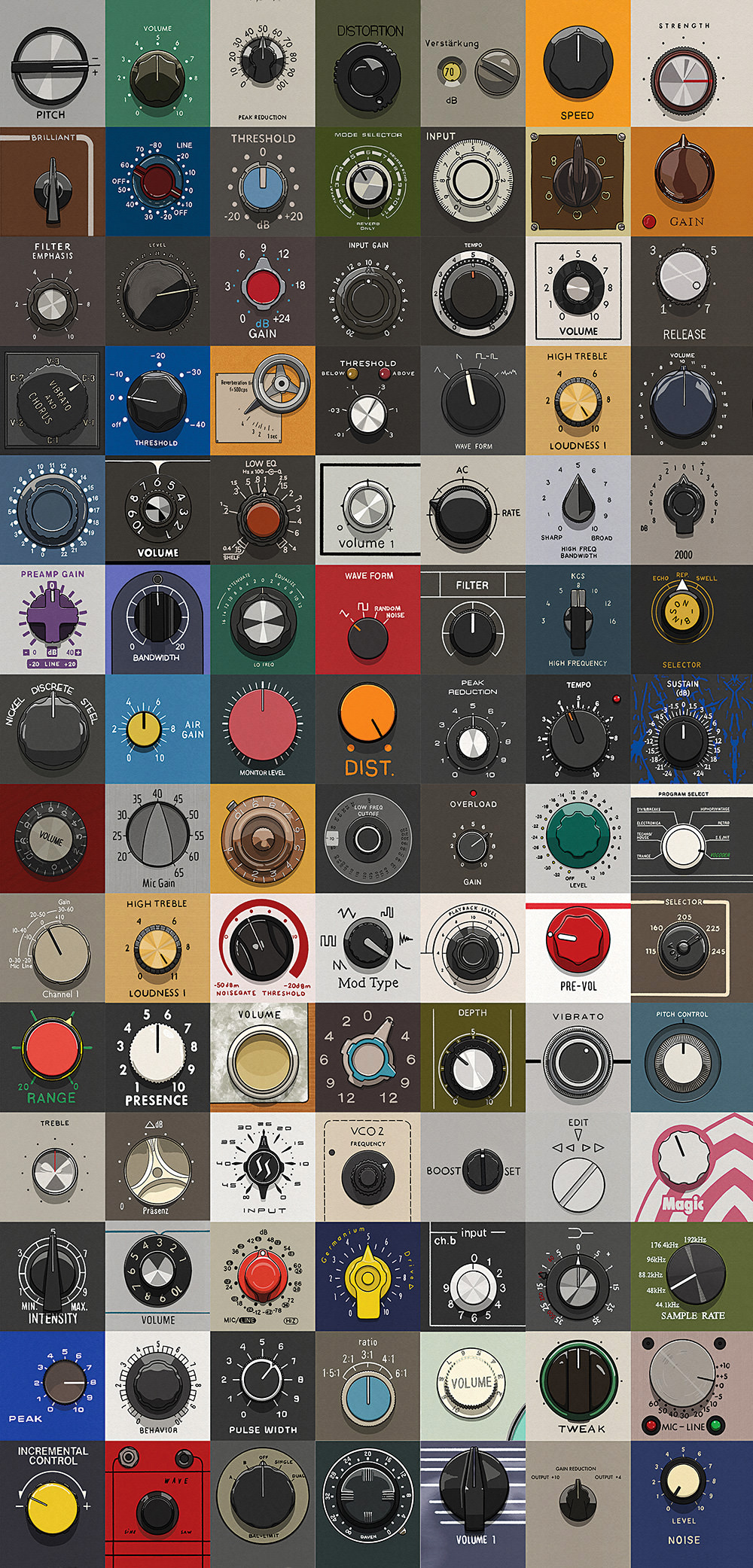Wayne Jones' career as a successful bass player led him to develop a line of well-respected bass amplifiers and cabinets for the stage and studio, utilizing his custom-manufactured Kevlar-impregnated eucalyptus pulp 10-inch driver. Building upon his cabinet and loudspeaker design expertise, Jones designed a high-powered active Studio Monitor with a ruler-flat frequency response, while offering the low end punch and clarity that one would expect from the mind of a bass player. These solidly built ported monitors caught my attention mainly due to their implementation of onboard DSP (192 kHz SHARC processing). The DSP optimizes the driver's time alignment and frequency response while allowing the user to measure their in-room response with Sonarworks' SoundID Reference software [Tape Op #108], and then upload a custom corrective EQ curve directly into each monitor via their built-in USB ports. I've been a longtime Sonarworks user (full disclosure, I work with Sonarworks on their educational content development), and I'm thrilled to see this integration with hardware products like the Wayne Jones Studio Monitors.
Each speaker cabinet weighs a hefty 26 kg (almost 60 pounds) and houses a custom 10-inch Lorantz Audio woofer, a FaitalPRO bullet tweeter, and a DSP-controlled Pascal Audio amplifier that delivers 500 watts to the woofer and 150 watts to the tweeter. Wayne optimized the driver/cabinet relationship for the best response even before adding DSP control, and these cabinets measure 13 inches wide by 18 inches high by 20 inches deep – providing more internal cabinet volume than most monitors in this range. The crossover point is 2.4 kHz, and the frequency response is flat from 35 Hz to over 20 kHz, with their low end cutoff (-10 dB point) at an impressive 28 Hz. Power and audio connections (analog XLR and S/PDIF digital), along with the power switch and DSP controls, are located on the top plate of the speaker cabinets, which come in high gloss red, white, graphite, or custom color options. The DSP provides a switchable 30 Hz high-pass filter and selections for a custom EQ curve, a flat EQ curve, and a factory preset EQ curve (useful for testing purposes only).
I've recently been using these Studio Monitors in my mix room, and brought them along to other studios in Los Angeles, and I can say that these are impressive speakers on every level. The low frequency is solid, fast, and useable down to 30 Hz, providing a depth and clarity of low end instruments that I haven't heard on any other near or midfield 2-way system. The overall response of these monitors is incredibly detailed and musical. Powerful dance kick drums seem to punch at the listener from between the speakers, while reverb tails and stereo information are naturally represented and easy to understand. I thought that migrating from my trusted coaxial Tannoy Gold series monitors might prove difficult. However, the Wayne Jones Studio Monitors feel just as natural, but with the modern quickness that powerful amplifiers and proper time alignment provide. At a flat EQ setting, these monitors sound outstanding, and with my room's custom SoundID target profile loaded, the stereo imaging and clarity were improved by another few percent.
I found the 10-inch 2-ways without a sub worked perfectly as a near/midfield monitor in my modest mix room (12 x 17 feet). Along with the option reviewed here, Wayne Jones Audio produces two additional sizes of the Studio Monitors, and a subwoofer. Other sizes include dual 10-inch 3-ways (2000 watt) for larger commercial control rooms (over 250 square feet) and a 6.5-inch 2-way for immersive setups that make for excellent surround and overhead speakers. I've almost always used subwoofers to supplement my nearfield/midfield speakers, but I'm going without subs in my mix room since these monitors provide such a solid and coherent low end. However, the Wayne Jones subwoofer will come in handy for LFE duties when I expand my system to an Atmos setup.
The Studio Monitors are packaged with Sonarworks SoundID Reference software and a calibrated measurement microphone. Be sure to use sturdy monitor stands with enough space to place these hefty monitors in the optimum listening position. Until trying the Wayne Jones Studio Monitors, I hadn't found a pair of speakers, even at this price point, that felt worthy of upgrading my existing system. These modern and well-balanced speakers noticeably improved the depth and clarity of my monitor system without needing time to learn their personalities or quirks.




_disp_horizontal_bw.jpg)